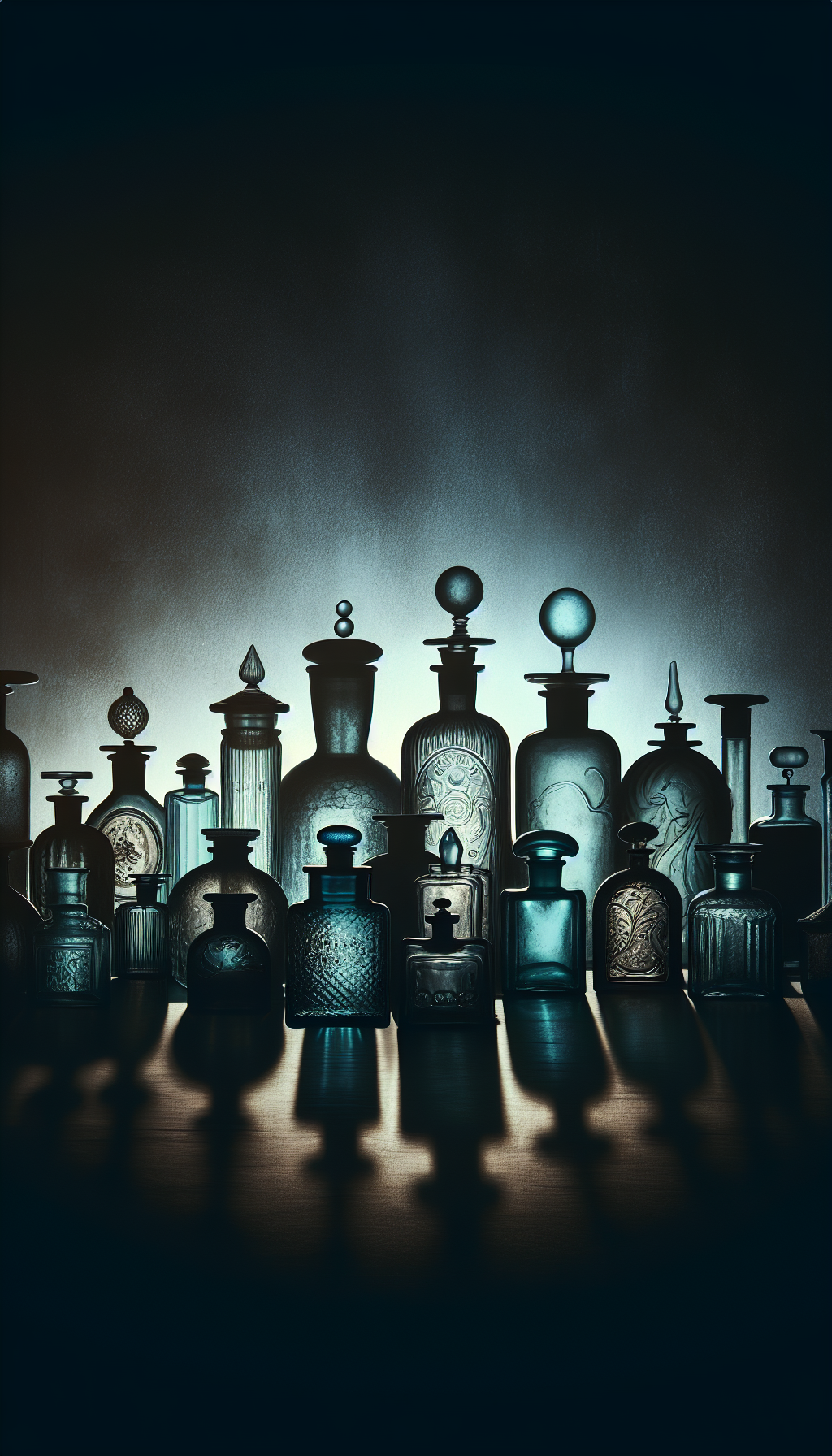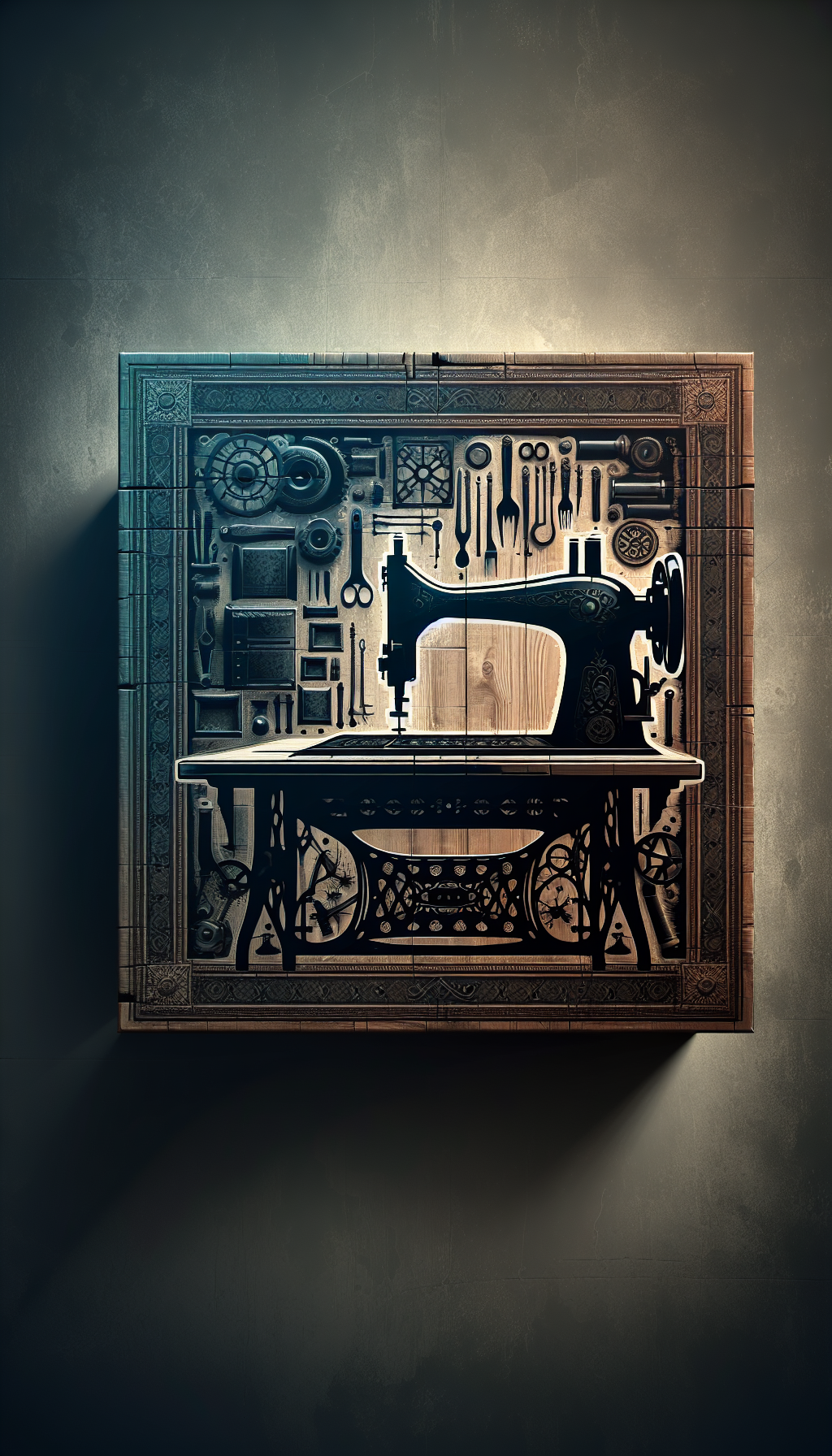Ceramic Plate Yung Cheng 1723 1735
The Yongzheng emperor (often romanized historically as Yung Cheng), ruled 1723–1735 and presided over one of the most refined chapters of Qing porcelain. Plates from this short reign are benchmarks of technical control and restrained beauty, prized by connoisseurs and closely studied by appraisers. This guide focuses on what sets a Yongzheng plate apart, how to read its marks and materials, and what matters most to condition and value.
Understanding “Yung Cheng” Porcelain: Reign, Kilns, Aesthetics
- Names and dates: “Yung Cheng” is an older romanization of the Chinese reign title Yongzheng (雍正), 1723–1735. Appraisers typically use “Yongzheng” in cataloging but may note both spellings for searchability.
- Where it was made: Fine imperial wares were produced at the Jingdezhen imperial kilns (Zhushan). From 1728, the celebrated supervisor Tang Ying helped standardize forms and finishes that reached a peak of elegance.
- Aesthetic profile: Yongzheng taste favored purity of body and glaze, precise forms, and disciplined decoration. Compared with the preceding Kangxi reign, colors are often calmer, line work more delicate; compared with Qianlong, compositions are less exuberant and more restrained.
- Technology and palettes: The fencai (famille rose) palette matured in Yongzheng, achieving soft shading and nuanced tones. High-quality monochromes and revived “antique” imitations (Ru-, Guan-, and celadon-type glazes) also flourished. Blue-and-white continued, typically with fine, “penciled” cobalt painting.
What Defines a Yongzheng Plate
While “plate” is a Western term, many Yongzheng examples are coupe dishes or shallow foliate dishes. Key indicators lie in the body, glaze, enamels, decoration style, and form.
Body and foot
- Body: Very fine-grained, bright white porcelain with a compact, hard paste. When backlit, walls may appear luminous and thin but not flimsy.
- Weight and thinness: Yongzheng plates are often thinner and lighter than Qianlong equivalents but not as brittle as some Kangxi eggshell pieces.
- Foot ring: Carefully trimmed and neatly rounded; the exposed biscuit is fine and pale, typically cream-to-white rather than the pronounced orange-brown often seen on Kangxi. Turning lines in the foot channel are crisp but controlled.
- Base: Smoothly finished with a clean glaze pool; bases tend to be tidy, with minimal grit.
Glaze character
- Surface: Silky, even glaze with a subtle, almost “oil-on-ice” sheen; fewer pinholes and surface flaws than earlier wares. Glaze thickness is controlled; pooling is neat, not slumpy.
- Bubbles: Under magnification or strong light, expect very small, evenly distributed glaze bubbles, a byproduct of careful firing.
Famille rose (fencai) enamels
- Color: Soft, well-modulated pinks derived from colloidal gold, supported by opaque whites for shading. Greens, yellows, and blues are balanced rather than flashy.
- Brushwork: Highly controlled stippling and washes create subtle depth. Overly sugary, neon-like enamels usually signal later copies.
- Surfaces: On high-quality pieces the enamel sits thinly and bonds well; ridge-like, thick “plastic” enamel islands often indicate 19th–20th century products.
Blue-and-white
- Cobalt tone: Generally clear and even, with delicate, “penciled” outlines and soft washes. The dramatic “heaping and piling” common in Kangxi decreases; the look is calmer, more exacting.
- Drawing: Linework feels mindful and elegant, with careful tapering and controlled joins.
Monochromes and “antique” revivals
- Monochromes: Clair-de-lune (light blue), celadon, and subtle sky-blue glazes appear; robin’s-egg and certain flambé effects are more associated with Qianlong but can straddle reigns.
- Imitations: “Ru-type” and “Guan-type” glazes were revived with fine crackle and quiet hues. Execution is disciplined and even.
Motifs and borders
- Common subjects: Peony, prunus, magnolia and lotus; birds-and-flowers; “boys at play”; archaistic scrolls; bats and peaches (longevity); and elegant Western-influenced shading in Yongzheng fencai.
- Borders: Narrow ruyi-head, diaper, and key-fret borders, all finely drawn; compositions rarely feel crowded.
Forms and sizes
- Forms: Flat-rimmed dishes, shallow coupe dishes, and lobed/foliate rims with well-defined molding. The rim is thin and even.
- Sizes: Small dishes around 15–20 cm, standard plates 22–26 cm, chargers 30 cm and above. Proportions feel balanced—no heavy, thick rims.
Marks and Inscriptions: Reading and Weighing Evidence
Reign marks guide research but cannot authenticate on their own.
Common mark types on Yongzheng plates
- Six-character regular-script (kaishu) underglaze blue mark: “Da Qing Yongzheng Nian Zhi” within a double circle on the base; neat, well-spaced strokes with disciplined brush pressure.
- Iron-red or enamel marks: On enameled wares, four- or six-character marks may appear in iron-red or blue enamel, sometimes in seal script. Execution is crisp; sloppy or bulbous characters are suspect.
What to examine
- Calligraphy quality: Stroke order, modulated thickness, and spacing. Machine-like uniformity or clumsy strokes can suggest later addition.
- Placement and reserve: Centered in a well-proportioned reserve; the surrounding glaze is clean.
- Double circles: Lines are fine and confident, not wobbly; blue tone matches typical underglaze cobalt of the piece.
Crucial caution
- Copies abound: Many Guangxu (late 19th c.), Republic period, and contemporary reproductions carry Yongzheng marks—some very convincing. Always evaluate body, glaze, and painting style alongside the mark.
Authentication and Differentiation: Kangxi vs Yongzheng vs Qianlong
Against Kangxi (1662–1722)
- Palette: Famille verte dominates Kangxi; famille rose becomes refined in Yongzheng. Kangxi pinks (rare) lack the soft gold-derived transparency seen later.
- Cobalt: Kangxi blue-and-white often shows stronger contrast and more heaping; Yongzheng favors controlled, elegant tonality.
- Foot ring: Kangxi feet frequently show a warmer, iron-stained biscuit; Yongzheng tends toward a paler, cleaner biscuit with impeccably trimmed edge.
- Forms: Kangxi plates can have more robust rims; Yongzheng plates are thinner, with even, graceful profiles.
Against Qianlong (1736–1795)
- Composition: Qianlong often expands motifs with denser decoration and bolder color saturation; Yongzheng compositions are restrained.
- Enamel handling: Qianlong enamels may be thicker and glossier, with stronger contrasts; Yongzheng enamels are thinner and softly graded.
- Marks: Iron-red seal marks are very common in Qianlong; Yongzheng also uses them on enameled wares, but underglaze blue six-character marks are a mainstay. Always read marks in context.
Palace-enamel distinctions
- Falangcai vs yangcai: Falangcai (palace enamel) pieces, enamel-painted in Beijing on Jingdezhen blanks, exist with Yongzheng reign marks, but plates are rare and museum-level. Yangcai (Jingdezhen imitations of palace enamels) developed into Qianlong. Claims of “Yongzheng falangcai plate” require extraordinary proof.
Common reproduction signals
- Overwrought enamels with garish pinks and thick glassy build-up.
- Foot ring too coarse or artificially stained; acid-induced “age” halos; uniform “tea” soiling.
- Mark painted after wear; fresh, unabraded mark on a heavily worn base is inconsistent.
- Inconsistent style: A busy, Qianlong-style composition paired with a Yongzheng mark.
Condition, Rarity, and Market: What Drives Value
Condition
- Structural: Cracks (especially star cracks), rim chips, and body hairlines significantly reduce value. Yongzheng plates, being thin, are sensitive to stress.
- Restoration: Professional infill and overpaint can be nearly invisible under room light. Use magnification and UV to detect retouching. Restoration across decoration or the mark area hurts value more than minor rim work.
- Surface: Scratches, glaze loss, and stacking wear are typical. Even, honest wear is acceptable on period plates; patchy, chemically “cleaned” bases can be a red flag.
Rarity and type
- High hierarchy: Palace-enamel (falangcai) and superb imperial fencai plates are exceedingly rare; most are in institutional collections. If authentic, they can command very high six to seven figures.
- Imperial vs high-quality private kilns: Plates with impeccable painting, correct imperial palette handling, and credible marks carry premium value. High-quality non-imperial plates or export wares can still be valuable but typically less so.
- Export/armorial: Early famille rose armorial services for the European market appear late in the Yongzheng period; values vary widely by armorial significance, quality, and condition.
Provenance and documentation
- Provenance: Long, traceable ownership, old collection labels, or inclusion in recognized catalogues adds confidence and value.
- Scientific support: XRF readings of enamels (e.g., gold-bearing pinks) and microscopy of glaze/paste can corroborate period. Thermoluminescence is generally not suitable for hard-paste porcelain; rely instead on connoisseurship plus targeted scientific checks.
Price dynamics
- The market rewards top quality and unquestionable period traits. Slightly later Qianlong plates in a Yongzheng taste are common; genuine Yongzheng plates with fine painting and clean condition are decisively stronger.
- Minor size or subject differences can swing value; refined borders, uncluttered fields, and masterful linework generally perform best.
Practical Inspection Checklist
Date range and terminology
- Confirm the reign is Yongzheng (Yung Cheng), 1723–1735; note alternate spelling in records.
Body and foot
- Thin, fine white paste; consistent translucency.
- Foot ring neatly trimmed; pale, fine biscuit; clean base with controlled glaze pool.
Glaze and surface
- Silky, even glaze with micro-bubbles under magnification; minimal pinholing.
- Natural stacking wear on the rim; no uniform, artificial staining.
Decoration
- Famille rose with soft, nuanced shading and thin enamel build.
- Blue-and-white lines are precise and “penciled,” not blotchy.
- Balanced composition; borders fine and disciplined.
Mark and circles
- Six-character underglaze blue kaishu within double circle is common; iron-red/enamel marks appear on enameled wares.
- Calligraphy is confident; mark placement is centered and clean.
Comparatives
- Cross-check against Kangxi (iron-stained foot, stronger cobalt contrasts) and Qianlong (denser decoration, thicker enamels).
Condition and restoration
- Inspect under 10x loupe; use UV to detect overpaint.
- Note rim chips, hairlines, star cracks; assess impact on design and mark area.
Red flags
- Garish, glossy pinks; thick enamel islands; crude foot; mismatched wear/mark.
- “Tea-stained” bases and acid-etched patina; freshly painted marks.
Documentation
- Gather provenance, old labels/photos; consider scientific enamel analysis if stakes are high.
FAQ
Q: Is “Yung Cheng” the same as “Yongzheng”? A: Yes. “Yung Cheng” is an older romanization of the reign title Yongzheng (1723–1735). In scholarly and auction contexts, “Yongzheng” is standard, but both refer to the same emperor.
Q: Do all genuine Yongzheng plates have six-character underglaze blue marks? A: No. Many do, especially imperial-quality pieces, but enameled wares can bear iron-red or enamel marks, sometimes in seal script, and some period pieces are unmarked. Always judge the whole object—body, glaze, painting, and mark together.
Q: How do I quickly separate Yongzheng from Qianlong famille rose plates? A: Look for restraint. Yongzheng plates typically feature thinner, softer enamels, refined linework, and uncluttered layouts. Qianlong plates often display denser decoration, stronger color saturation, and thicker enamels. The foot finishing on Yongzheng is exceptionally clean and precise.
Q: Are “palace enamel” (falangcai) Yongzheng plates realistic finds? A: They are exceedingly rare and usually in museums or top-tier collections. Claims require exceptional provenance and expert scrutiny; many market examples are later imitations.
Q: What’s the biggest value killer? A: Structural damage (cracks, star cracks) and heavy, invasive restoration across decorated areas. On a high-level Yongzheng plate, even a short, clean hairline can substantially reduce value; pristine condition with strong quality is what brings top prices.
By focusing on the disciplined Yongzheng aesthetic—fine white body, silky glaze, balanced compositions, and assured marks—appraisers and collectors can better distinguish truly period plates from the many later lookalikes. When in doubt, pair connoisseurship with documentation and, where justified, targeted scientific testing.



